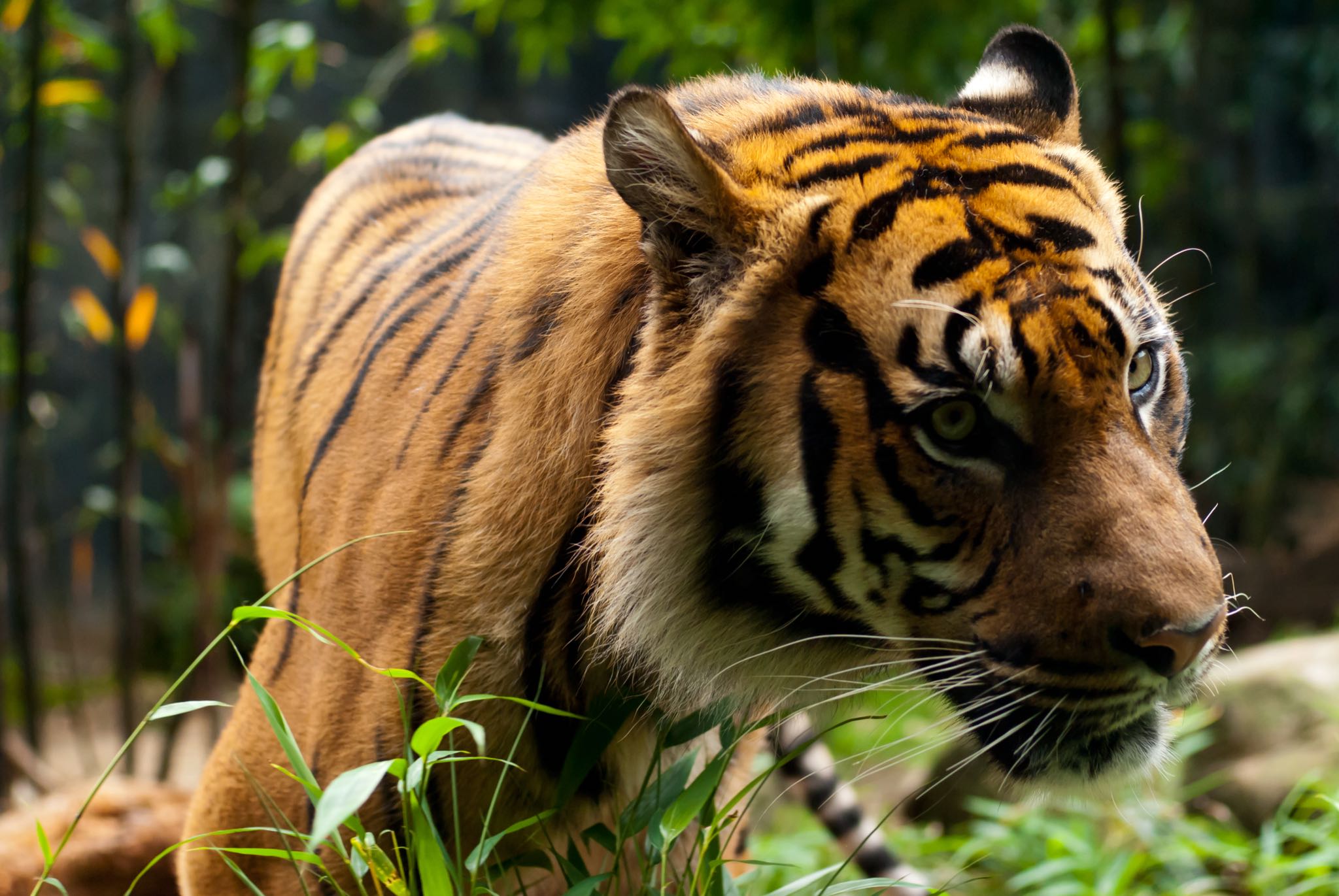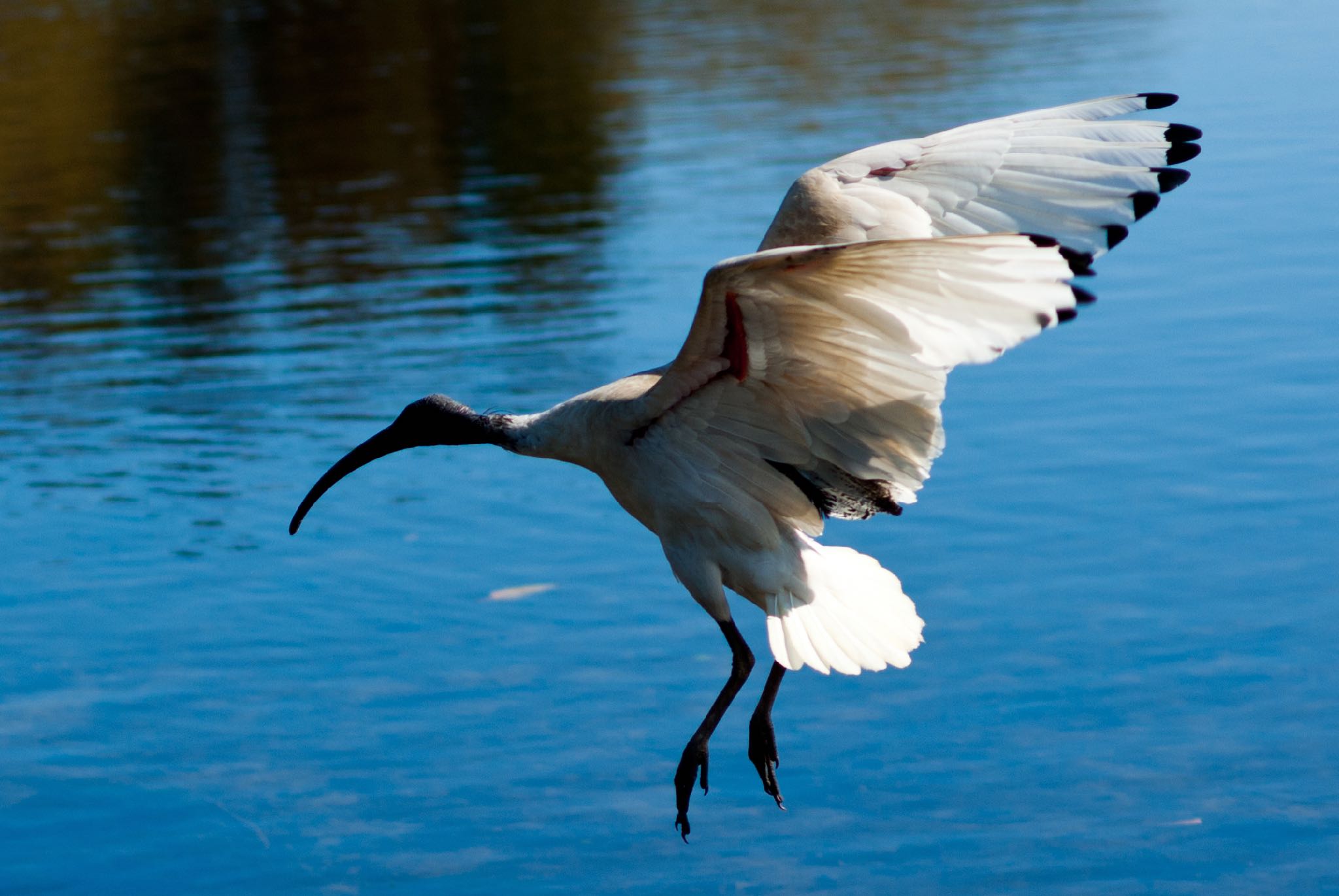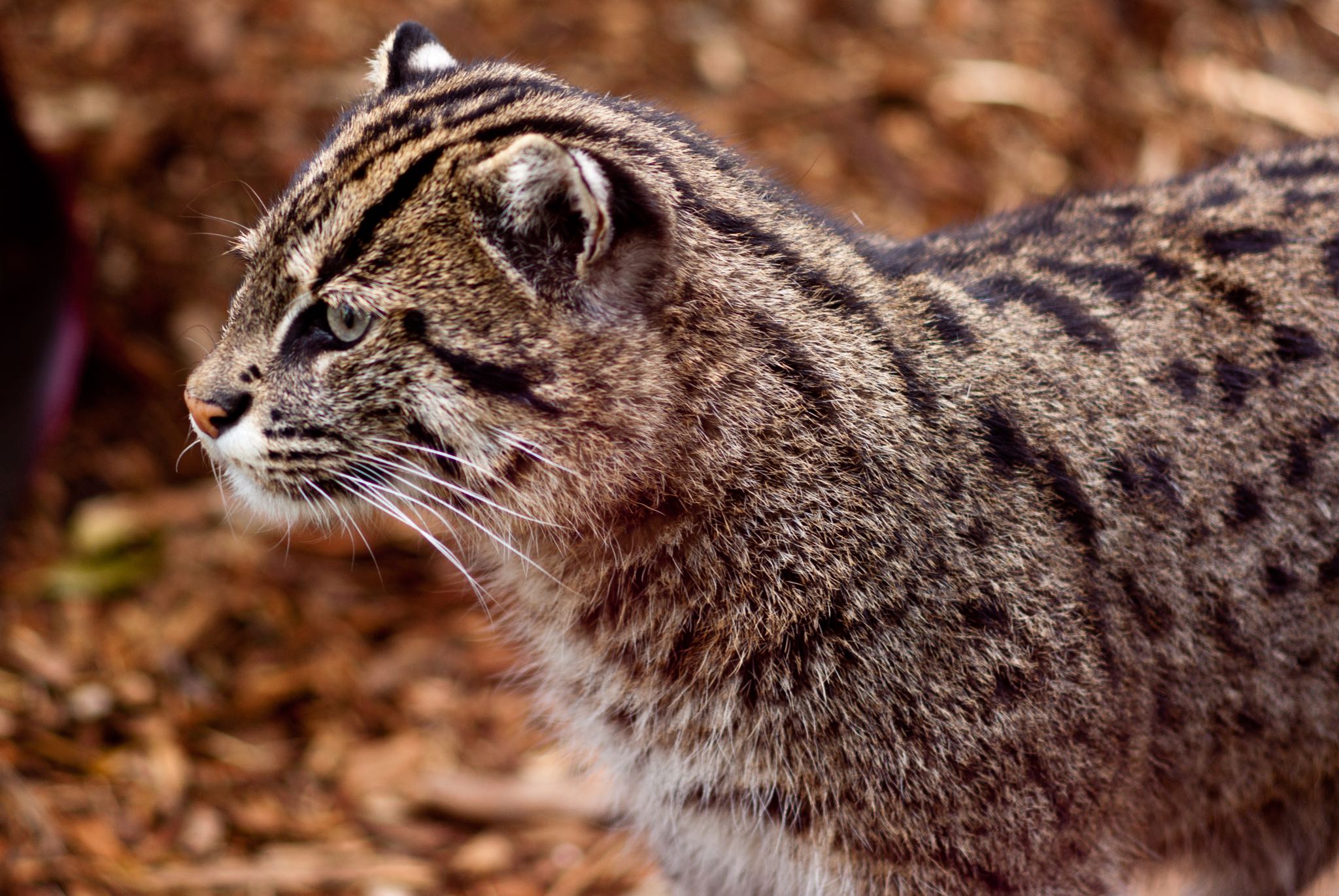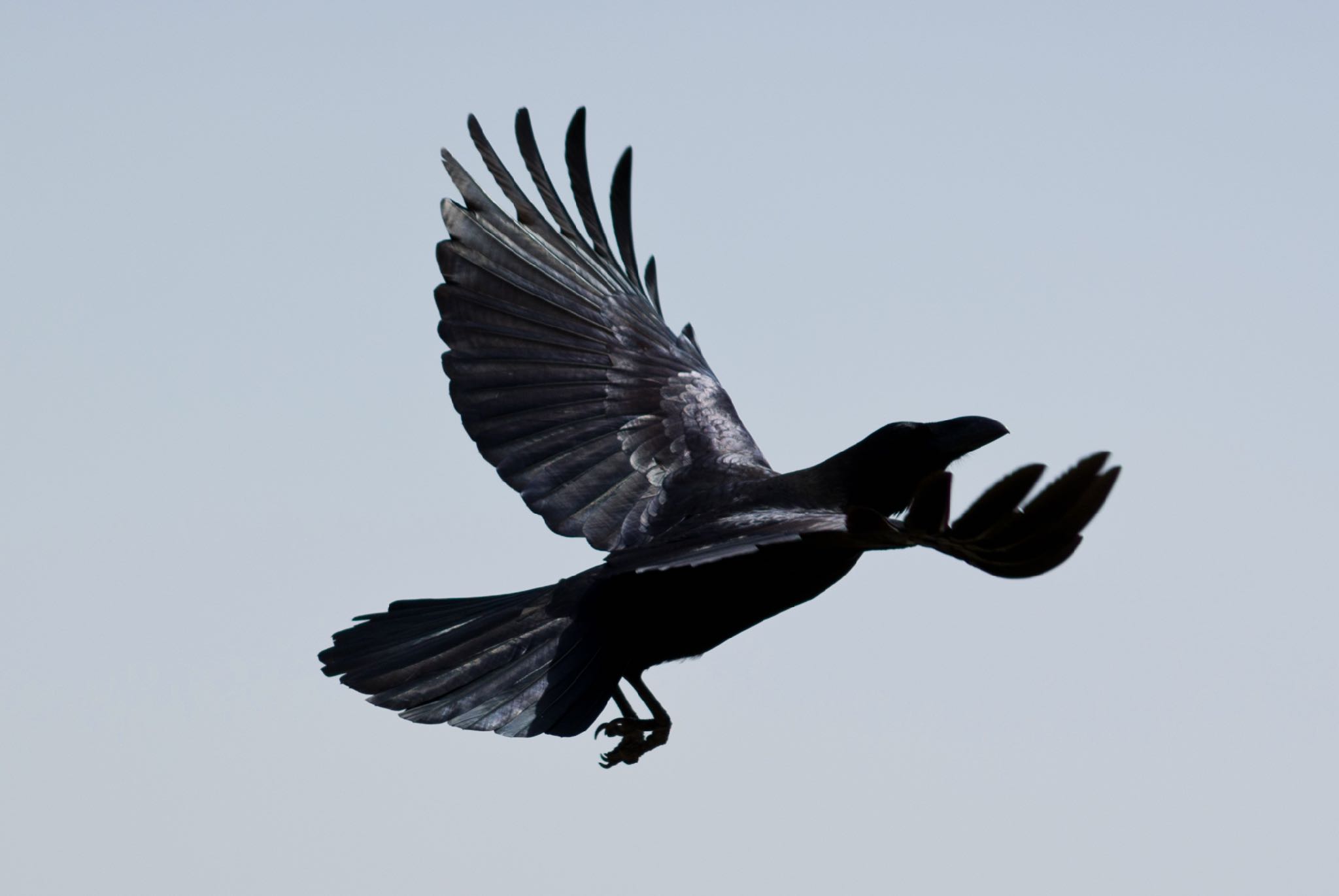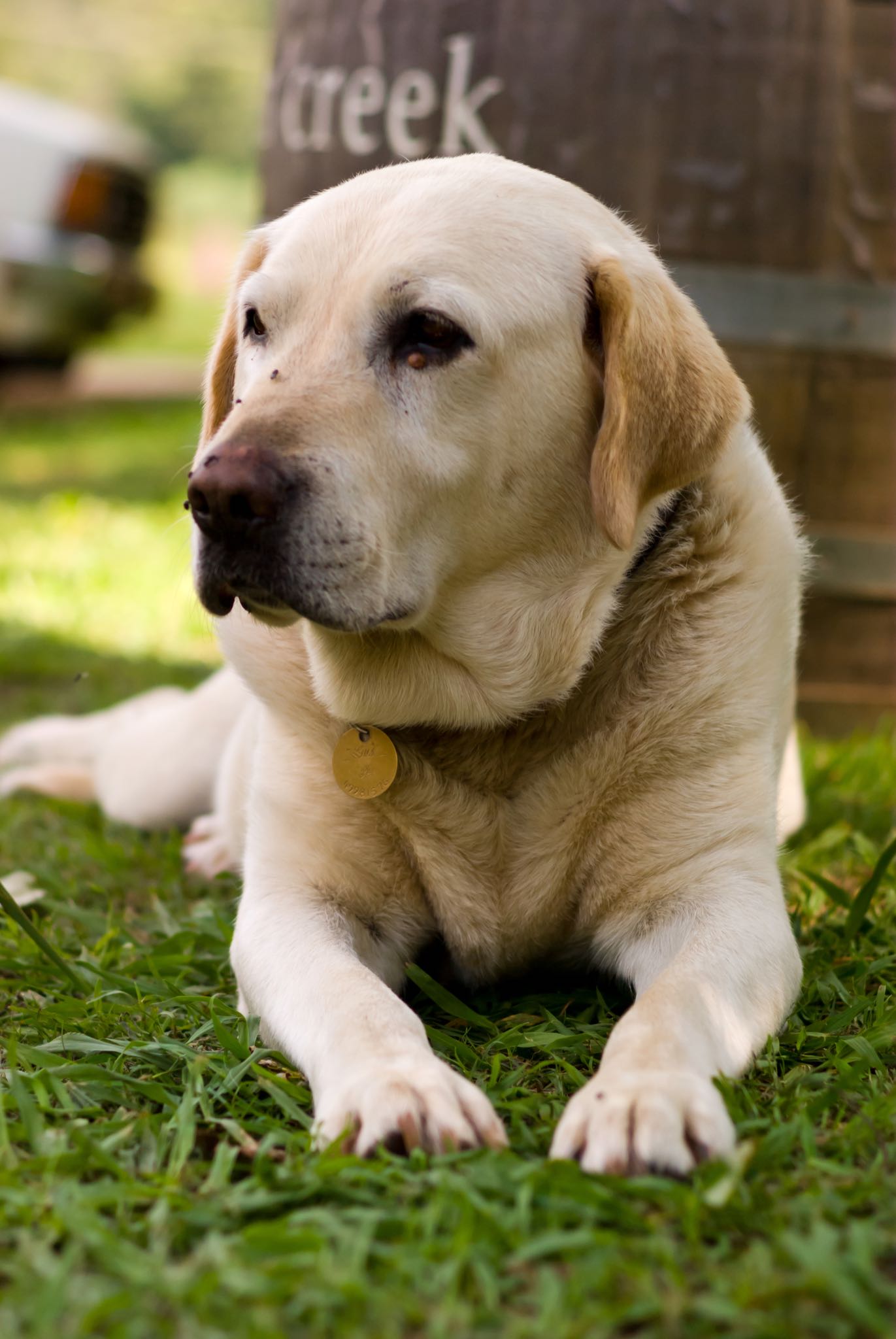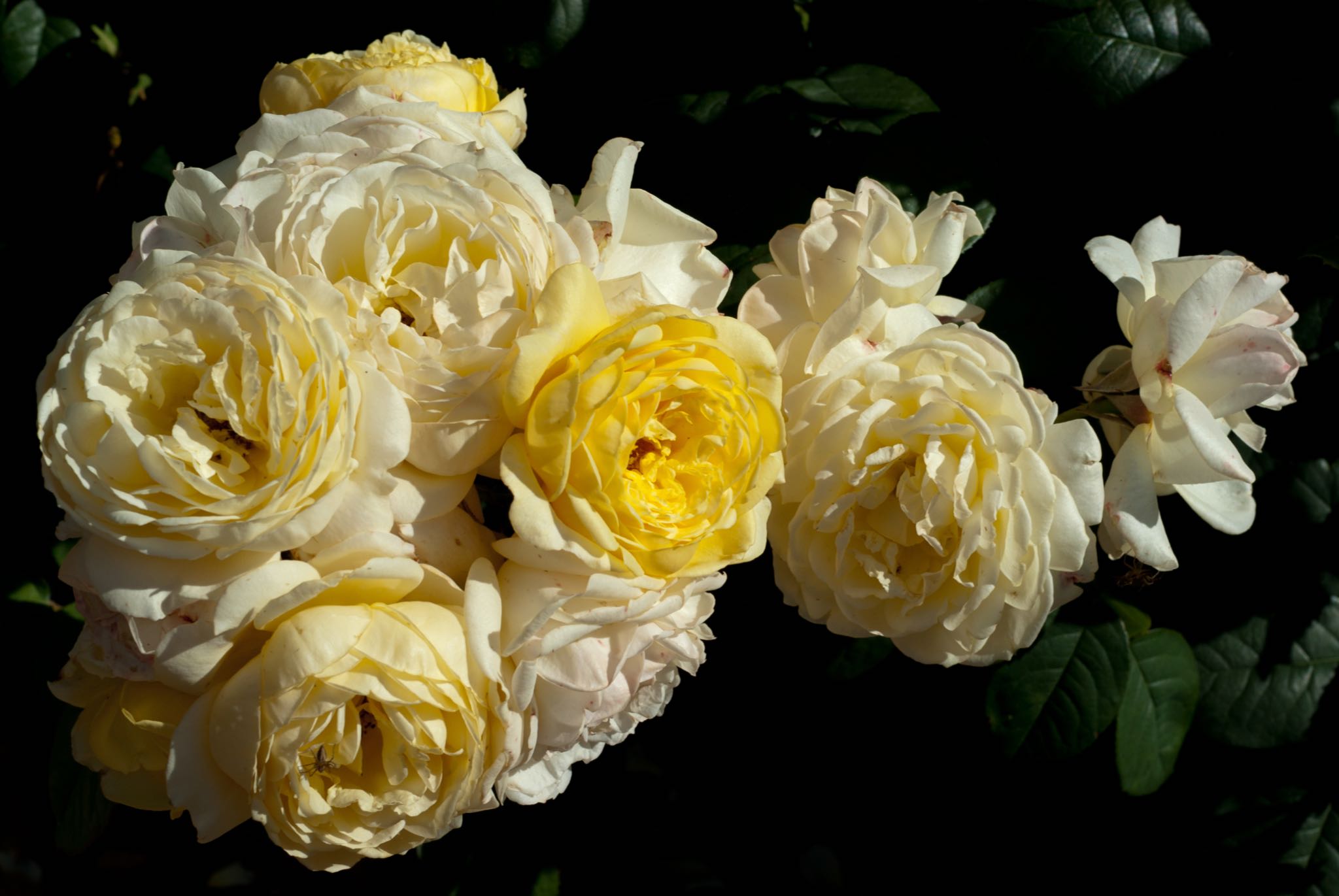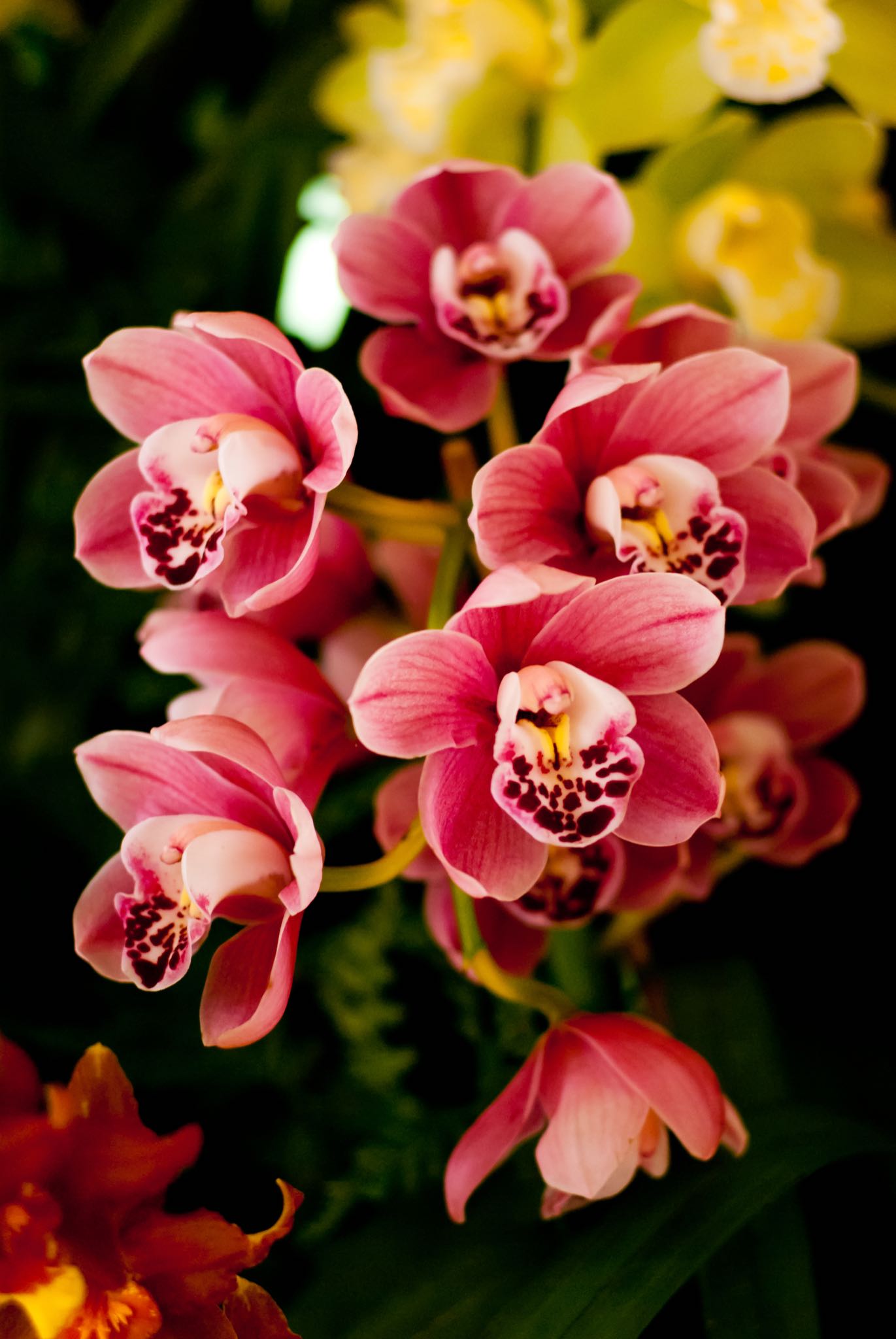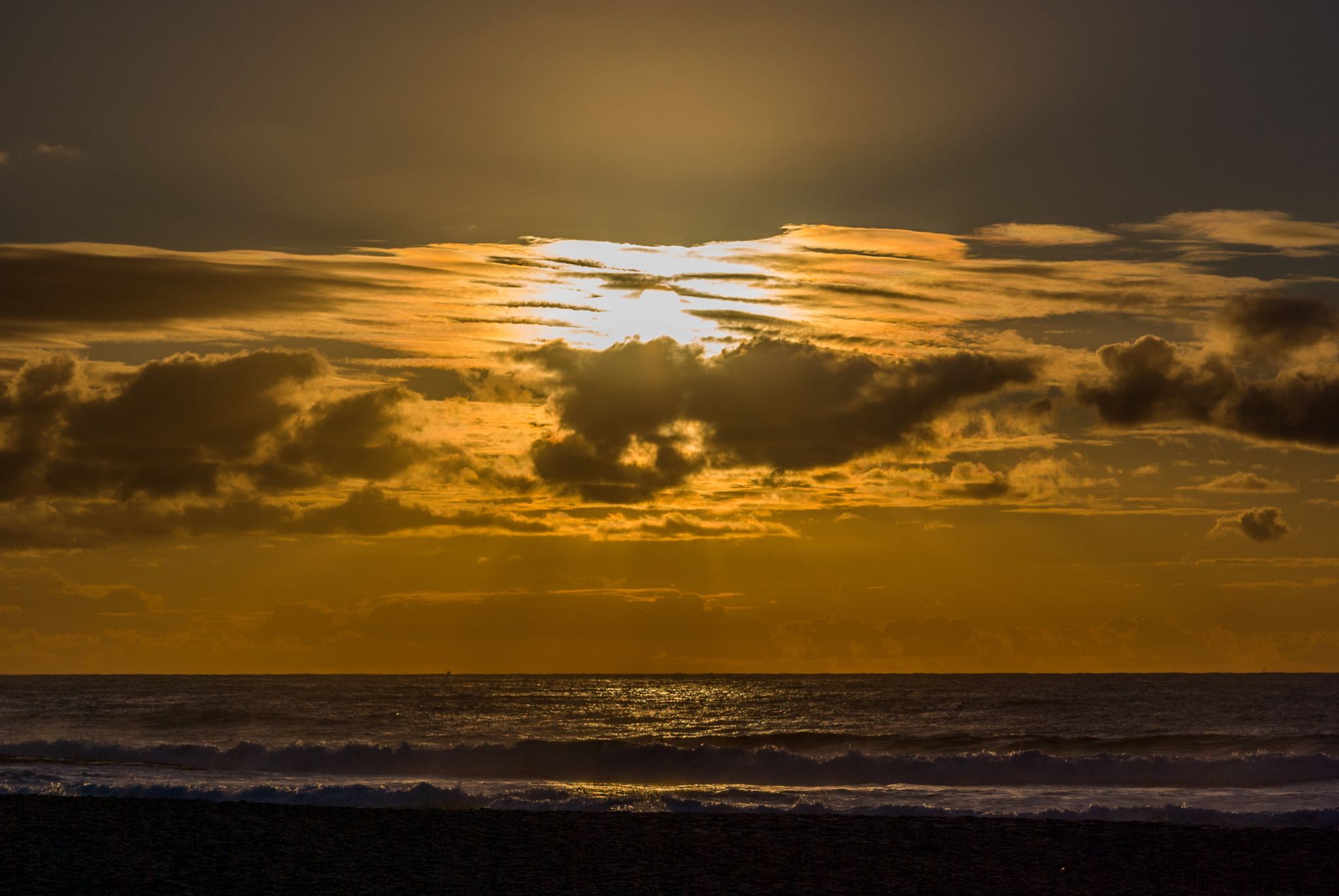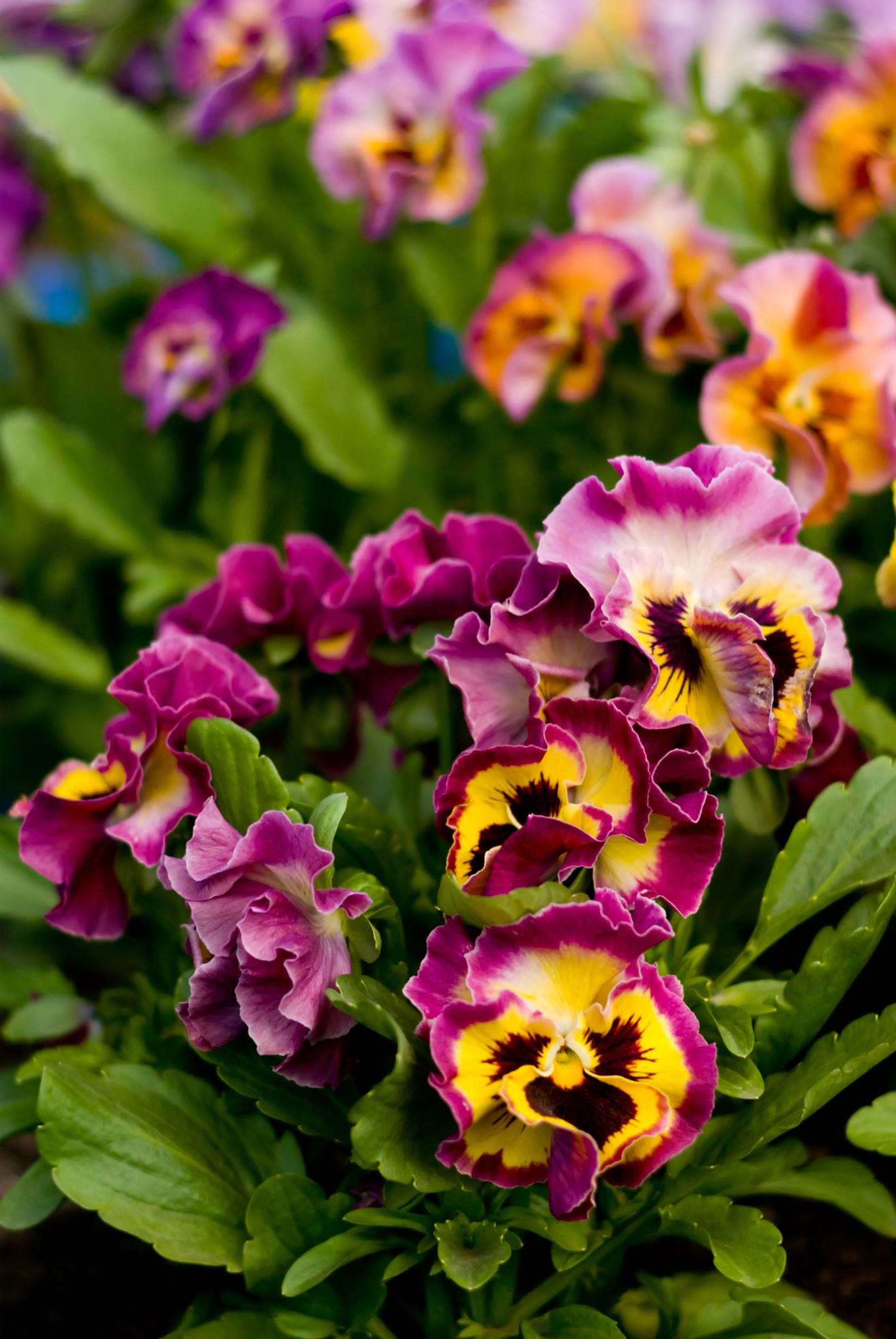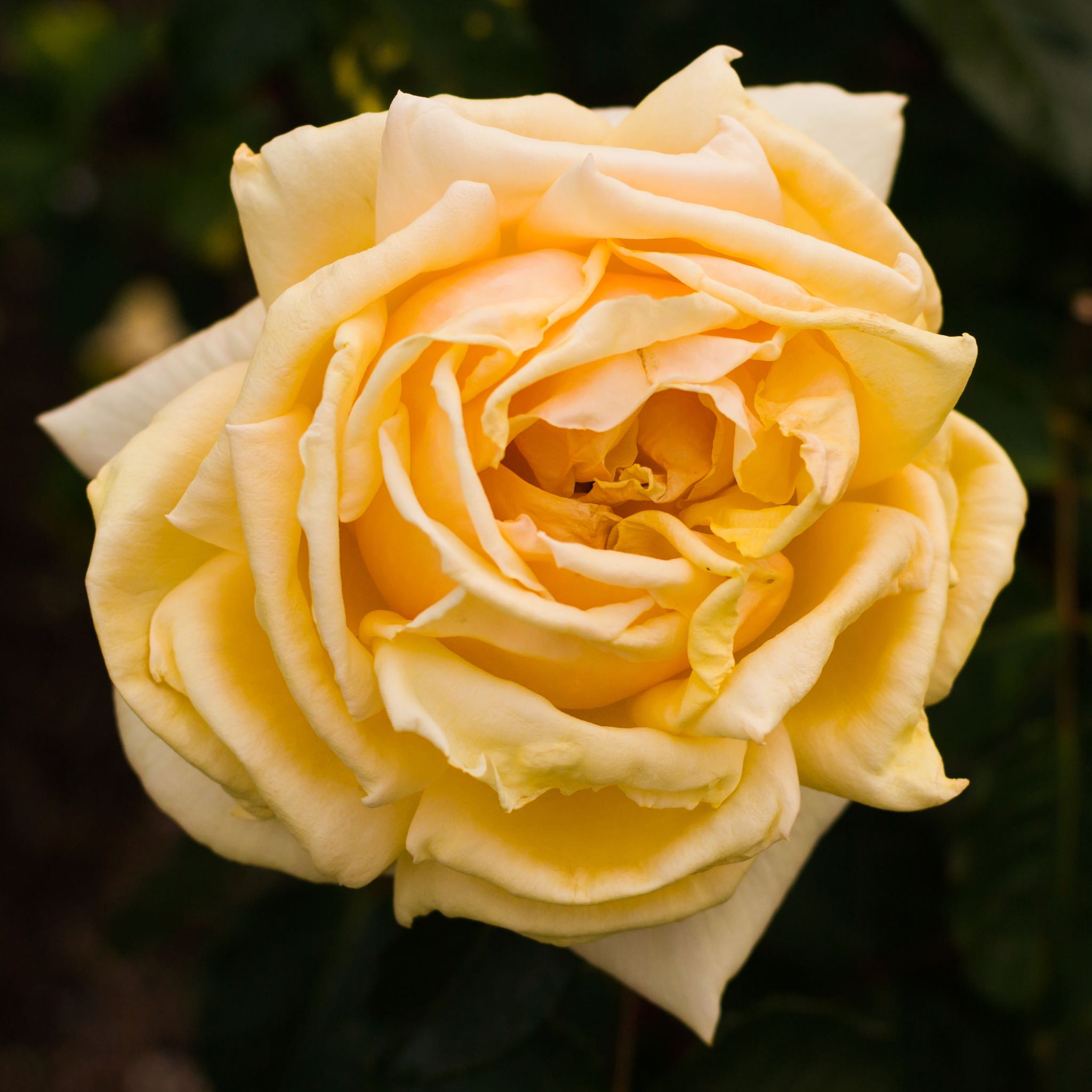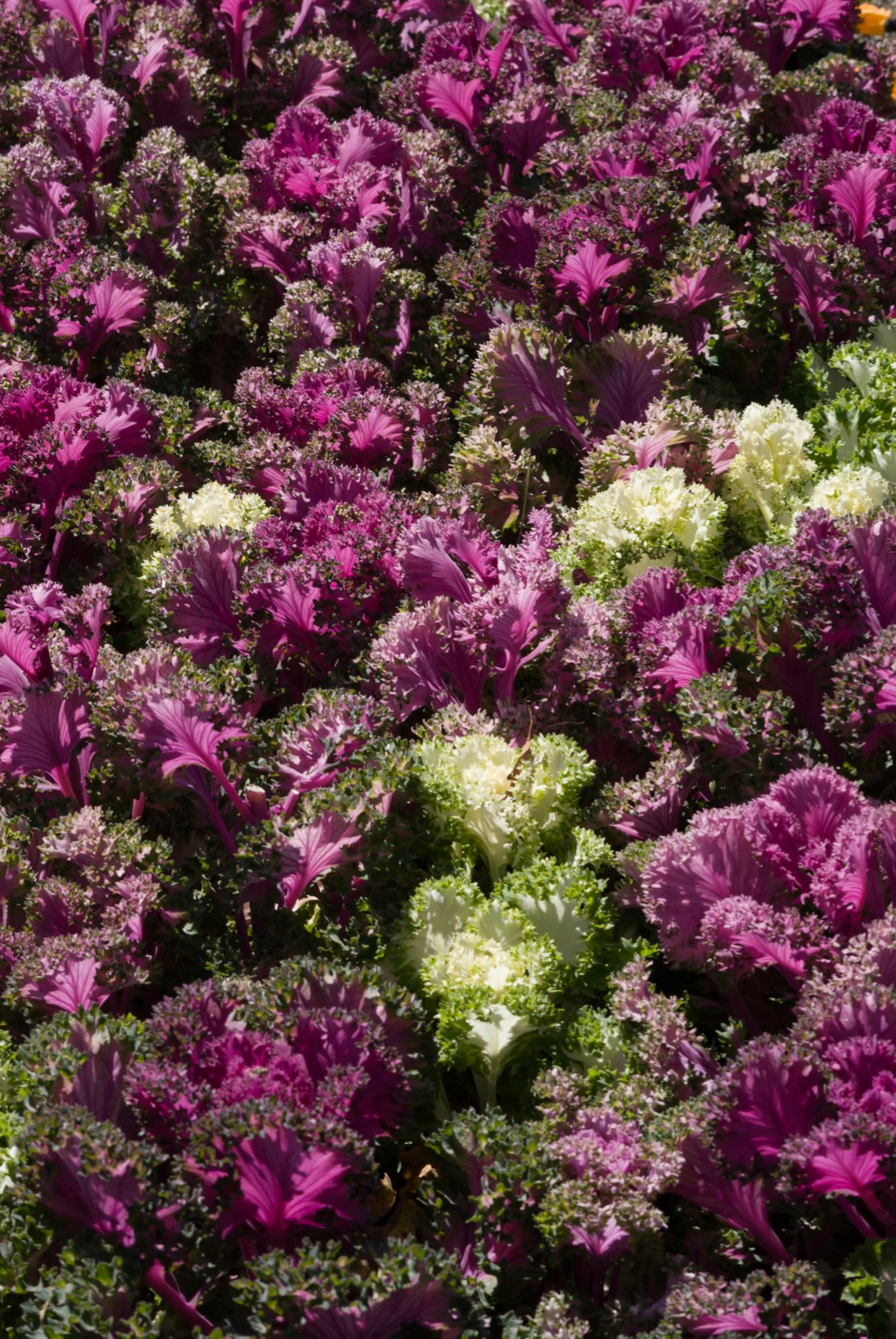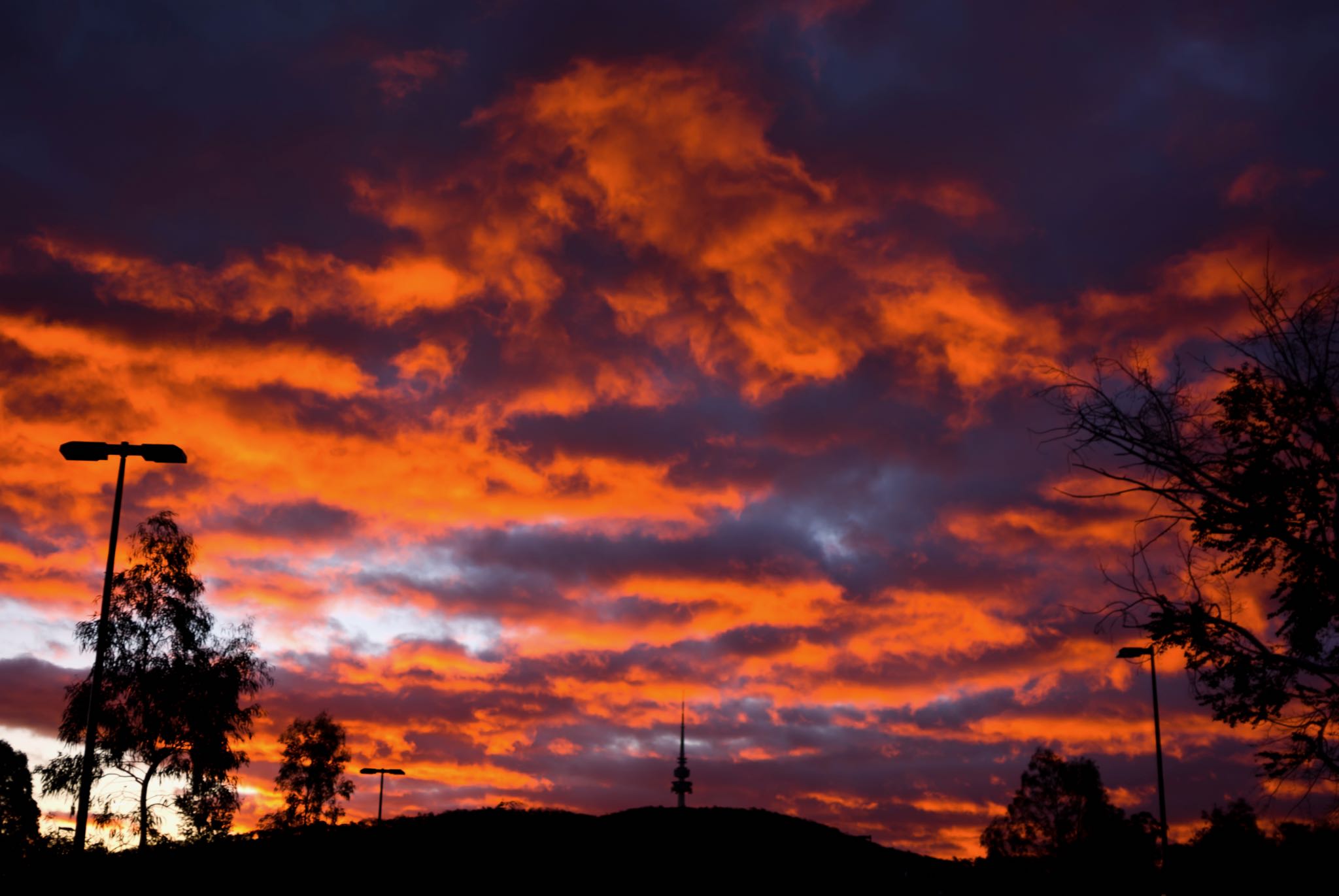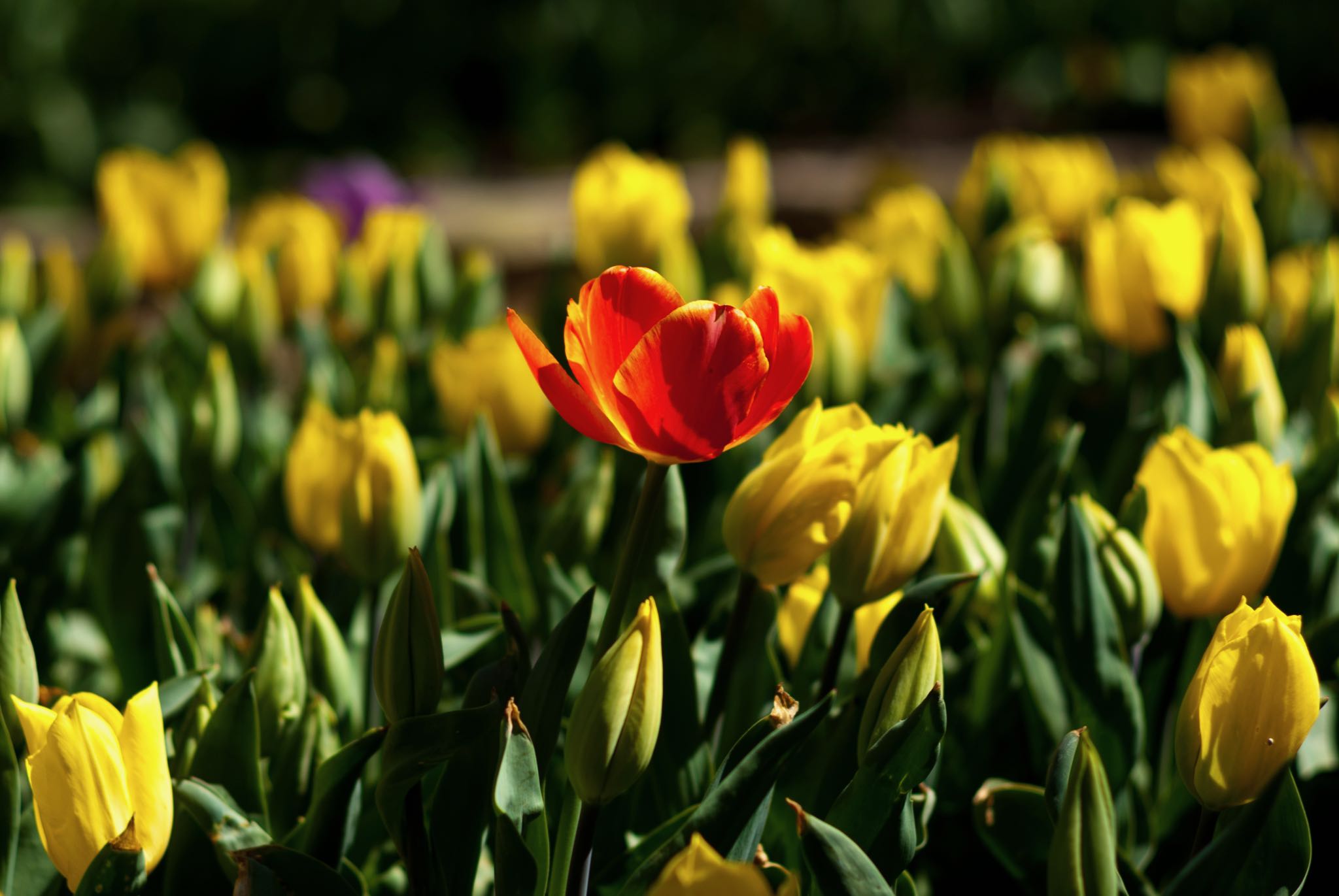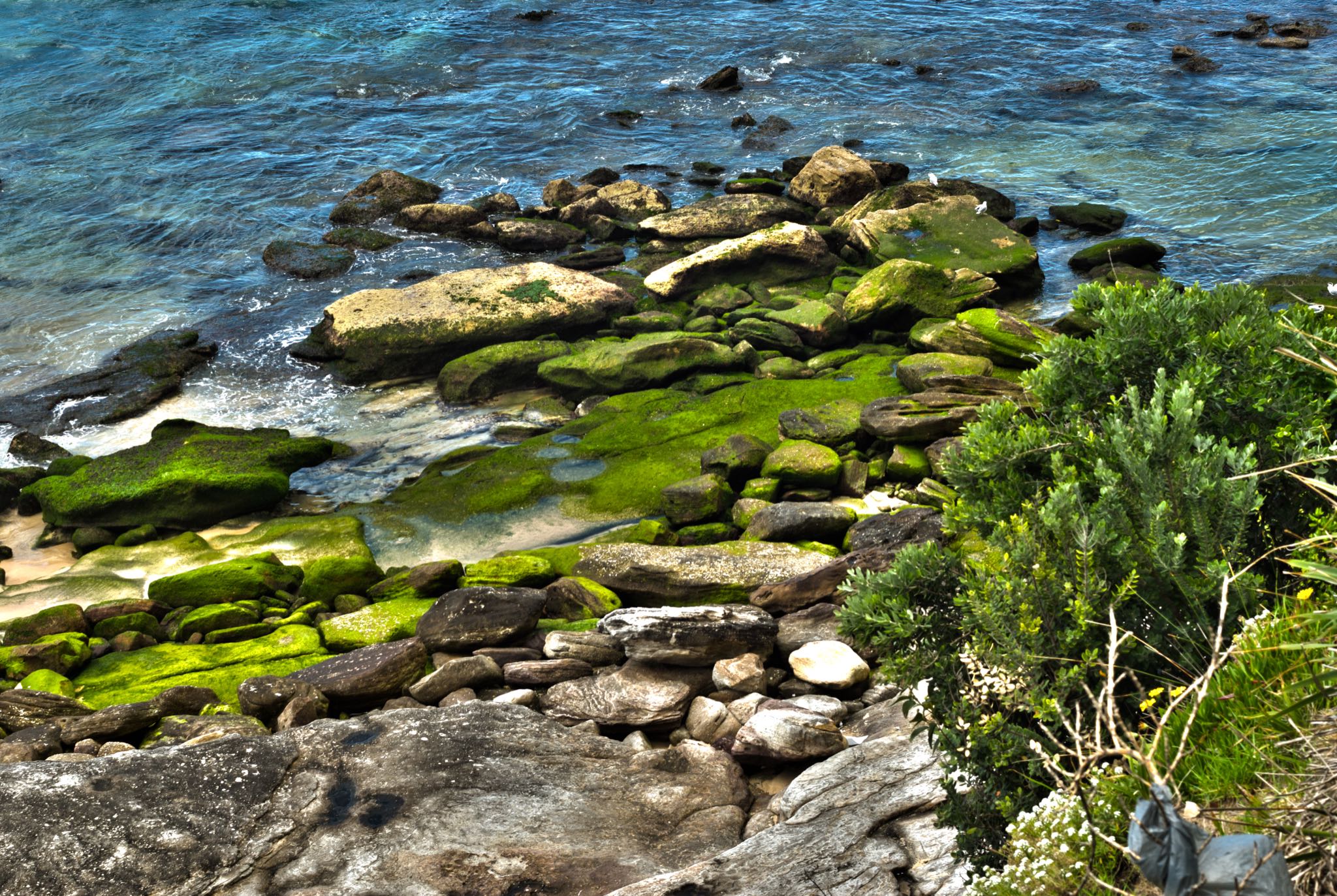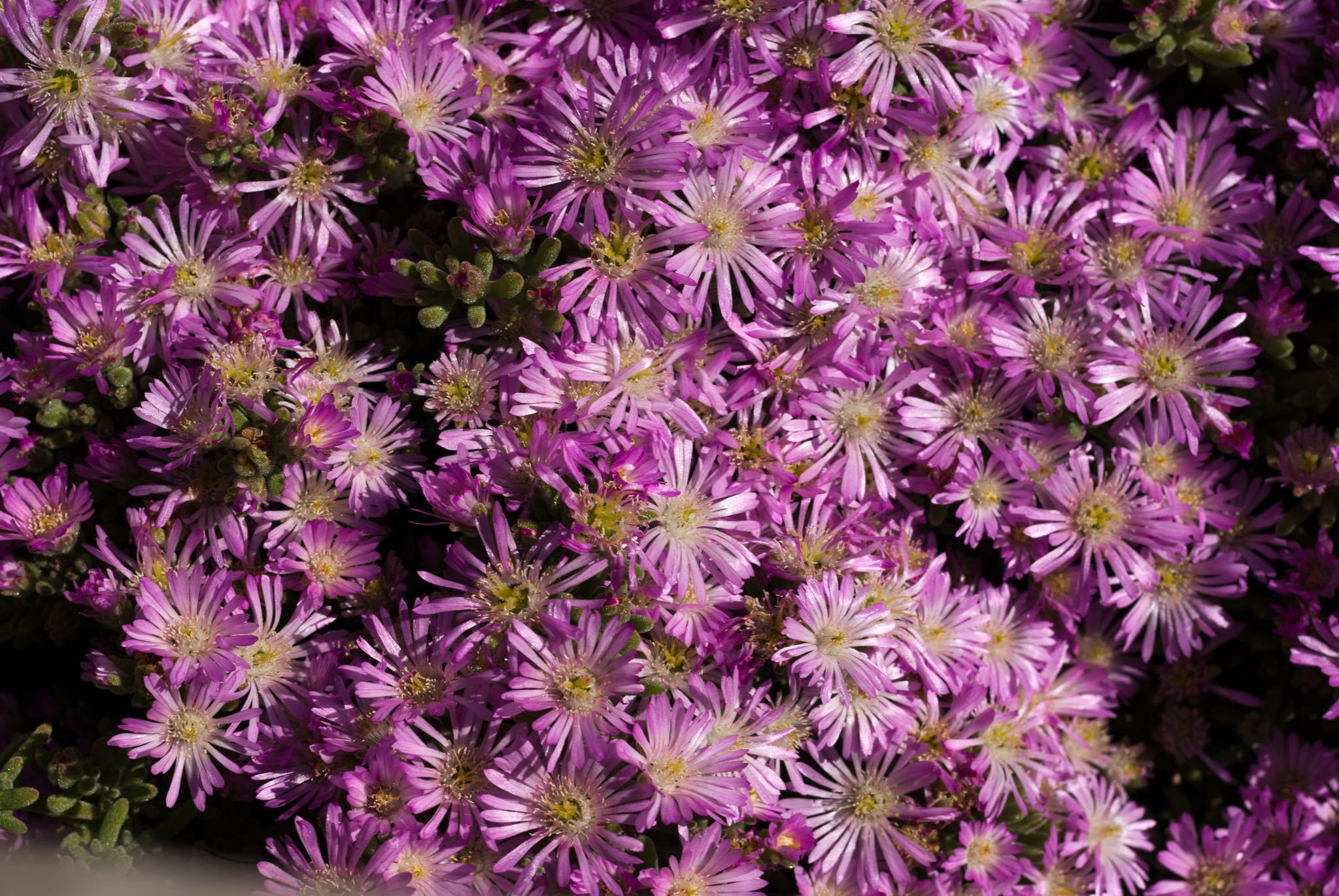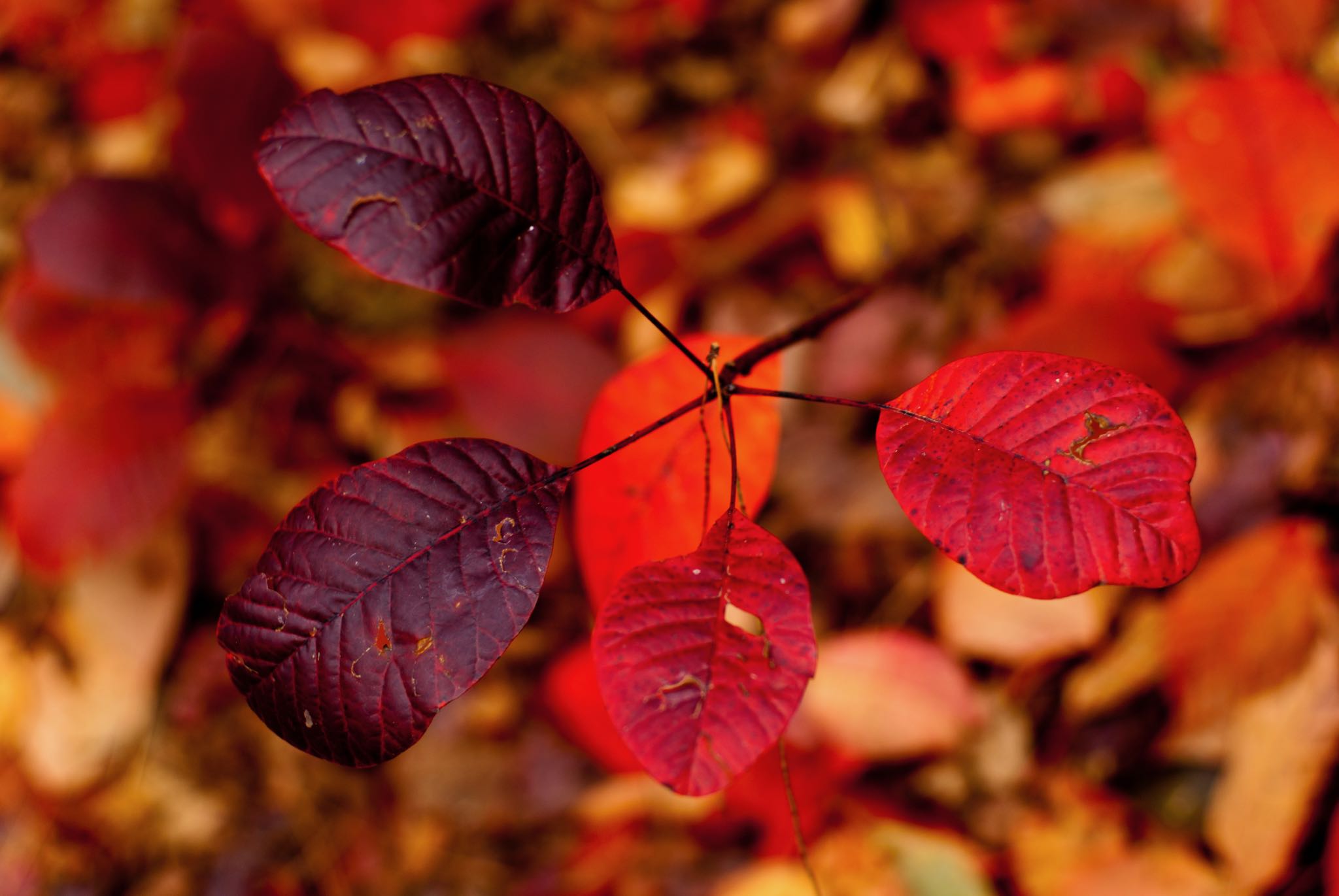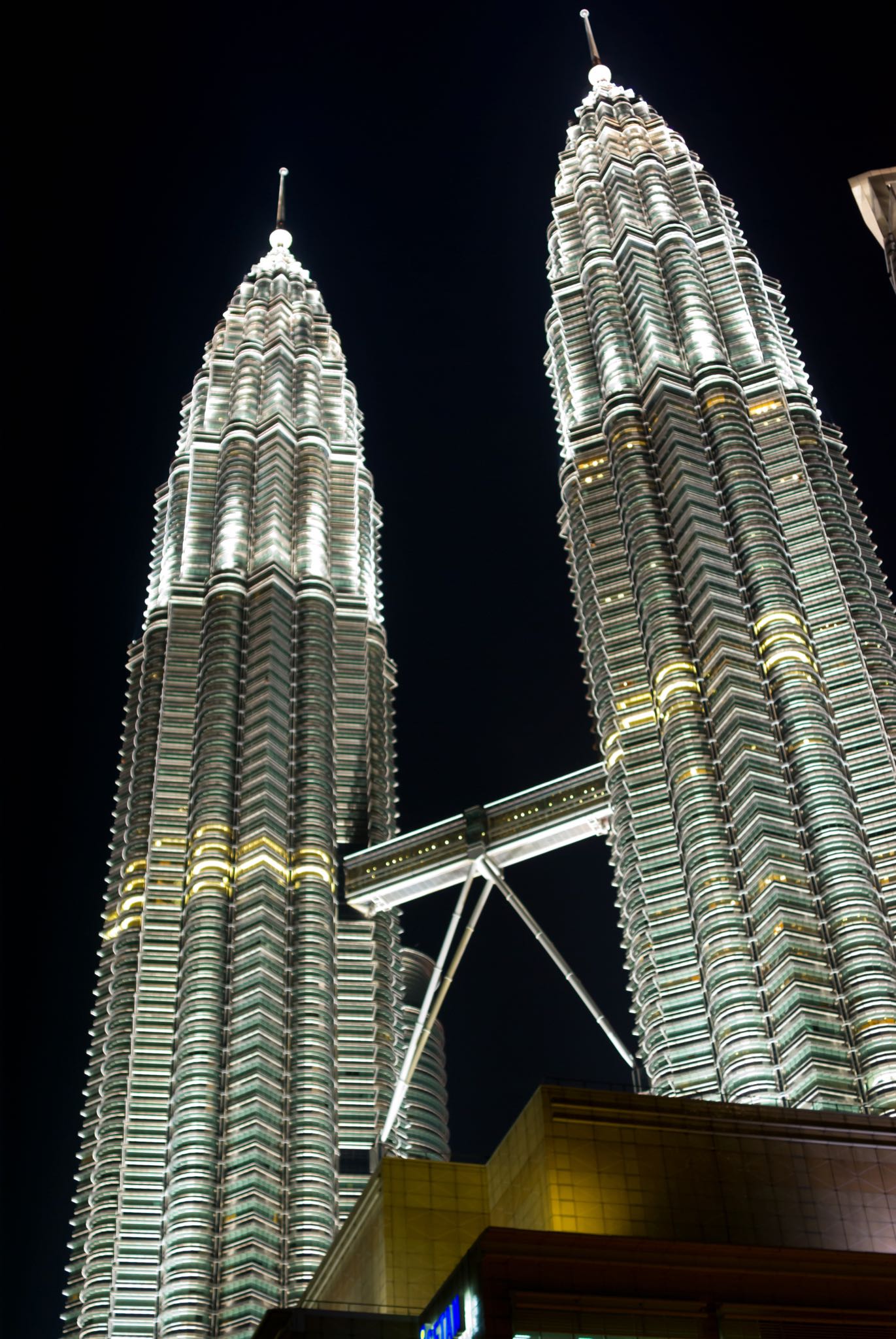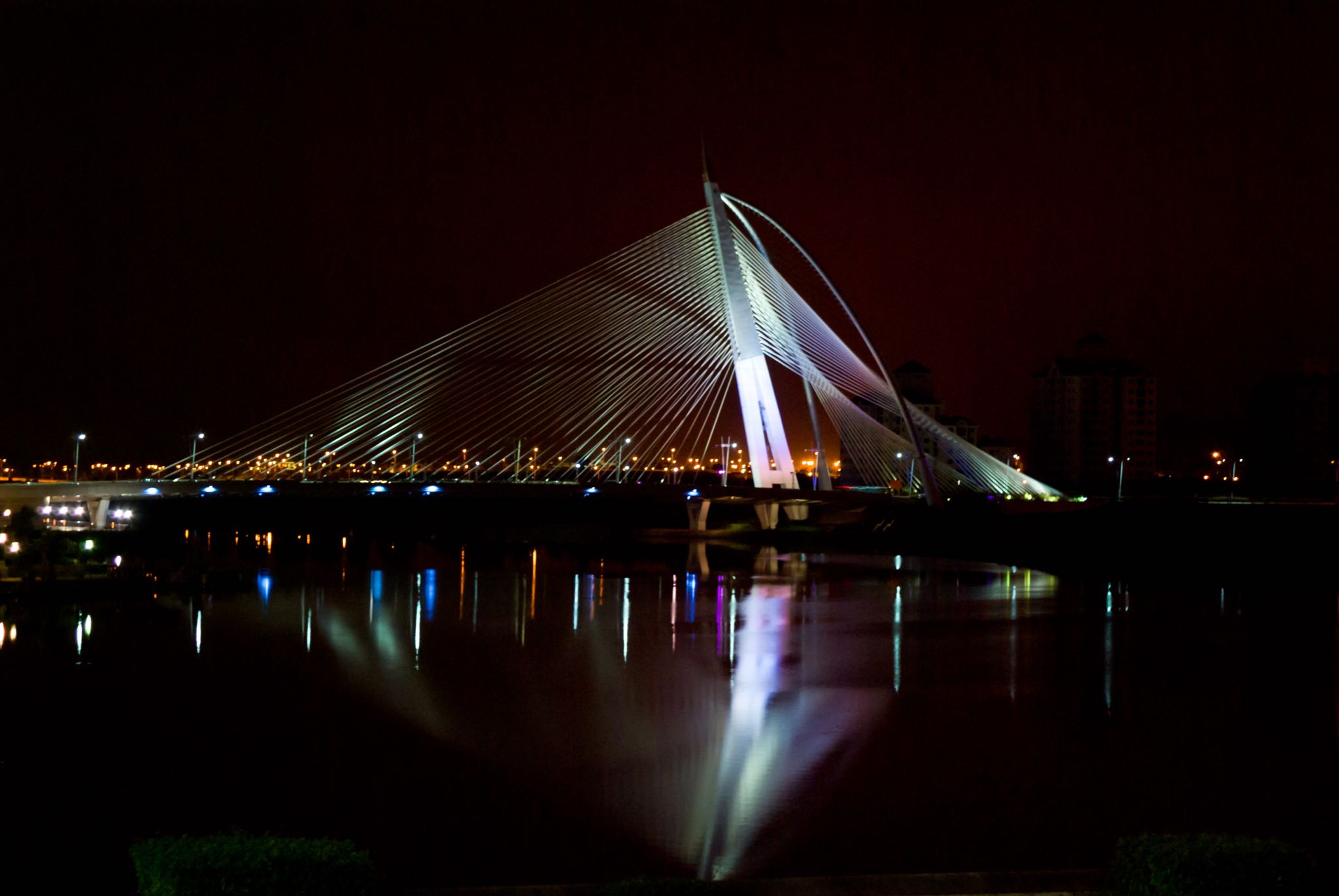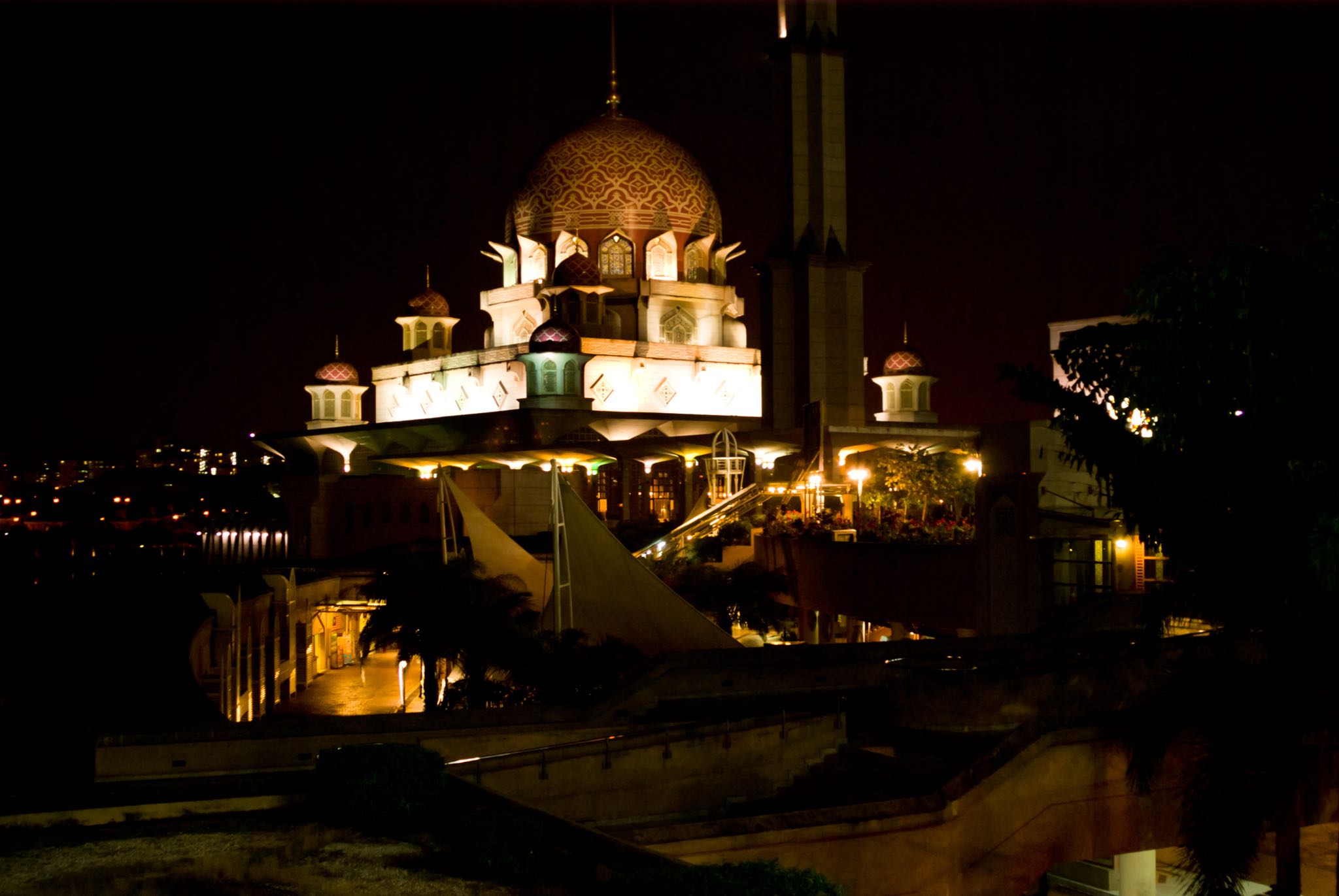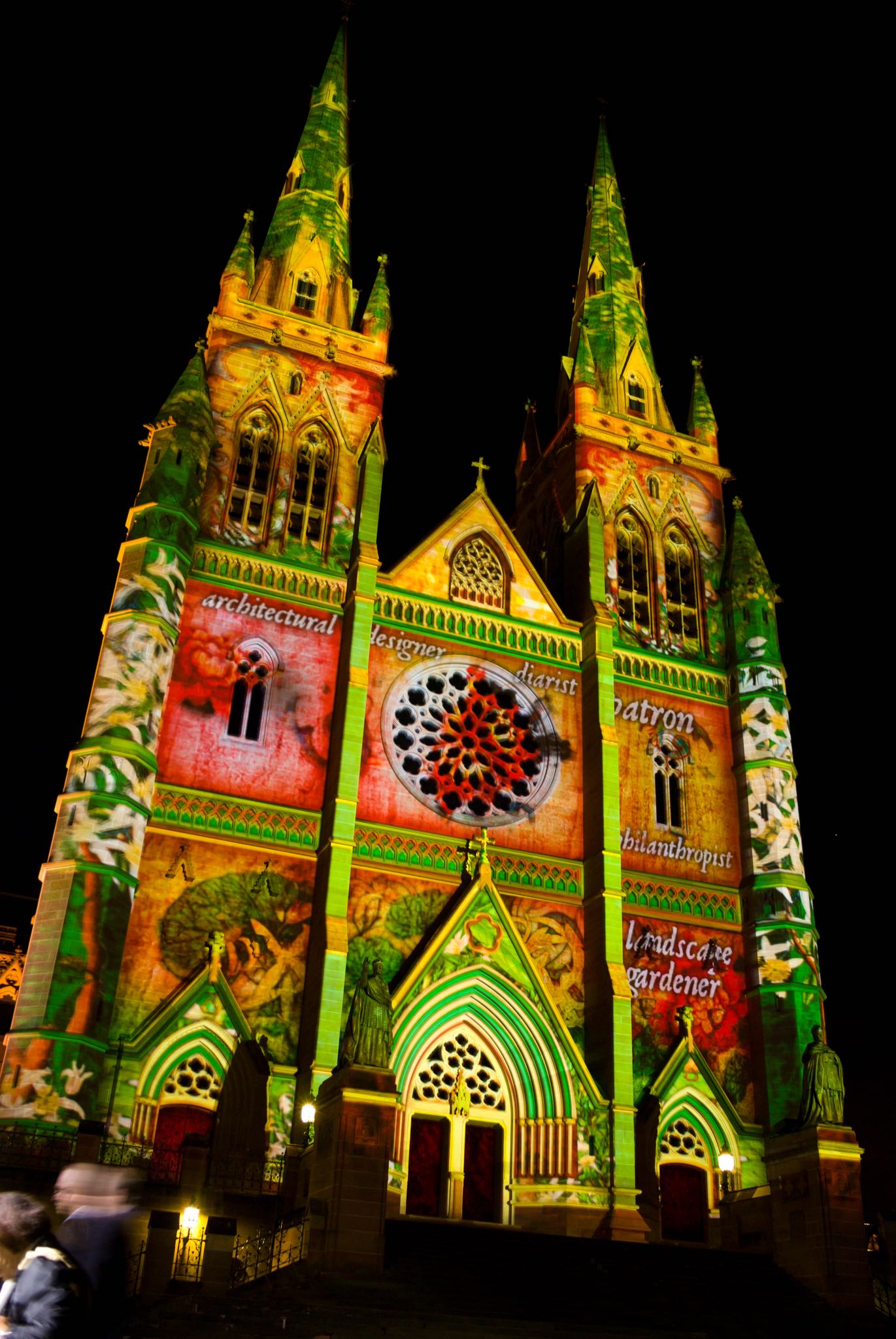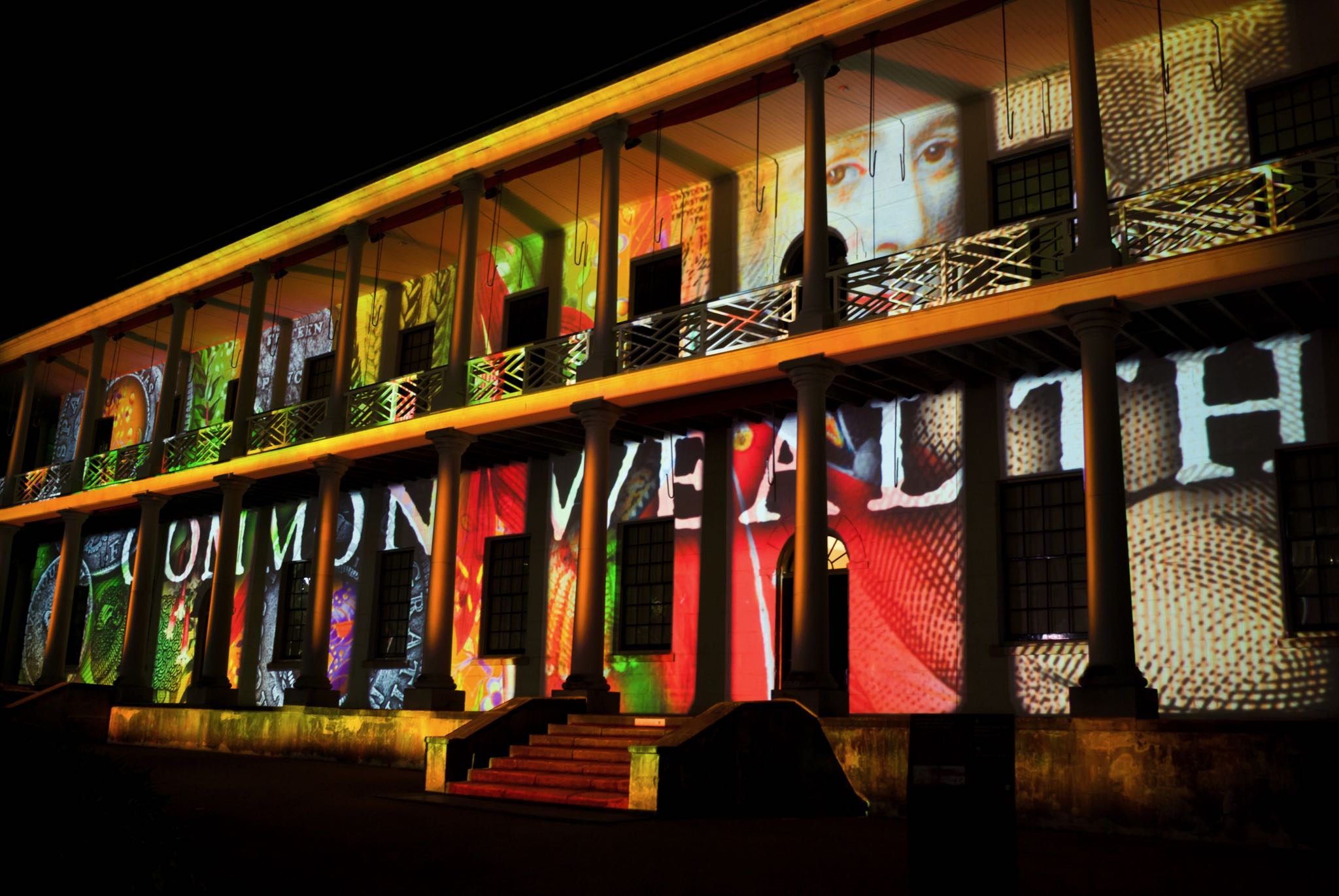Part 4: Pentax K10D (2007-2010)
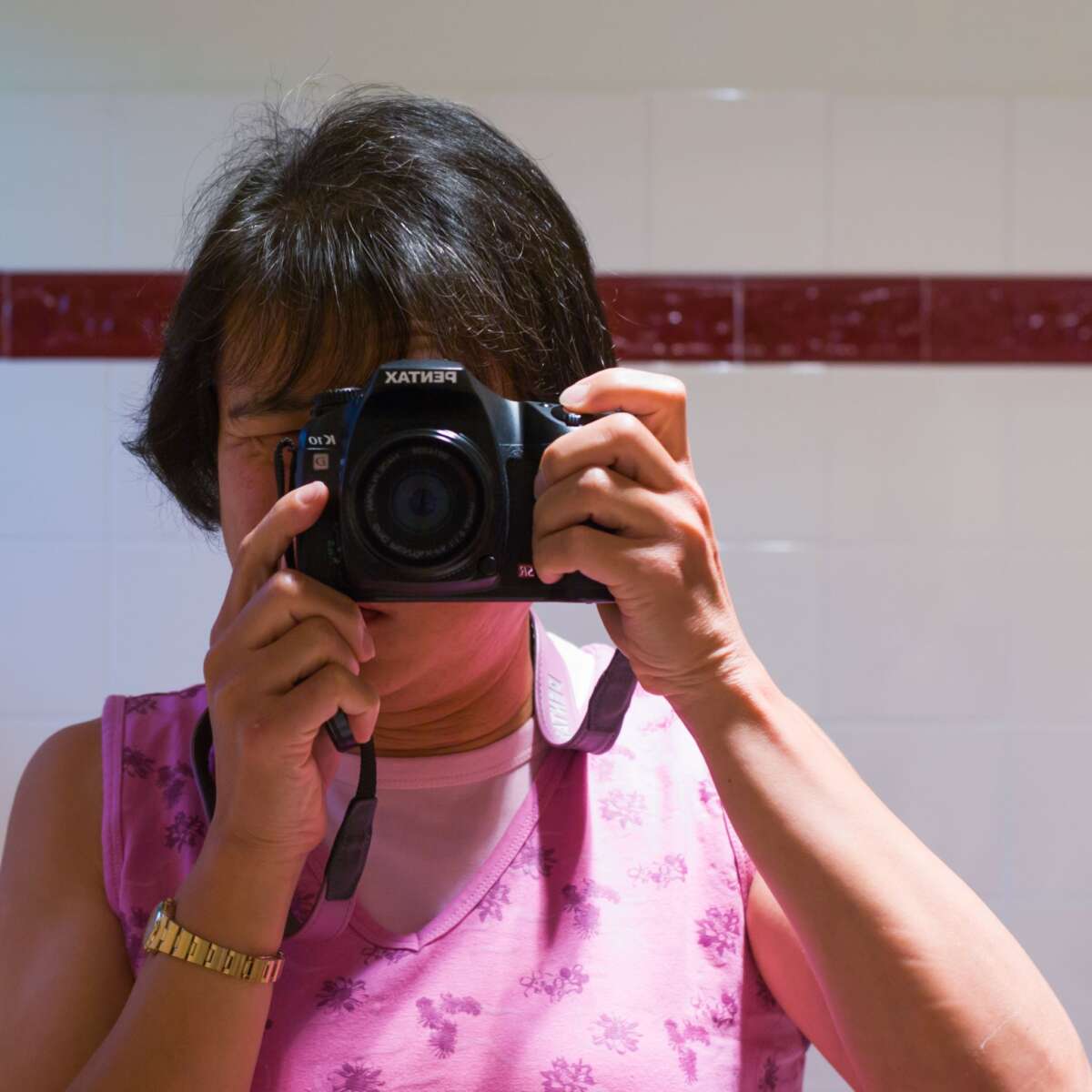
This is part 4 of series of articles celebrating a selection of photographs taken in the last 21 years, from the very first digital camera we purchased in 1999 to the current portfolio of cameras that we use daily. In this article, we focus on photos taken on the second generation flagship Digital SLR camera from Pentax – the K10D.

Released in 2006, the K10D represents the second generation of Pentax Digital Single Lens Reflex (SLR) camera, and a genuine attempt to introduce high-end features into the enthusiast camera market. These include sensor shifting image stabilisation (named Shake Reduction), sensor dust removal and weather sealing. The camera was very well regarded and won a number of industry awards into TIPA 2007, EISA “European Camera of the Year Award 2007/08” and the Japanese Camera Grand Prix.
It also marked the start of a collaboration between Pentax Corporation and the large Korean Samsung conglomerate. The K10D was developed in conjunction with a subsidiary of Samsung called Techwin, which had acquired the German camera maker Rollei. The K10D was also sold by Samsung as the GX-10.
I purchased the camera as an upgrade for the *ist D, in time for a trip to Japan. I ended up keeping this camera until 2010, and took more pictures on it than any other Pentax body that I have owned to date (well over 15,000). I also upgraded the viewfinder with a KatzEye focusing screen to get a split focus view to assist with manual focus lenses.
Specifications
The Pentax K10D features a 10 megapixel sensor in APS-C format, and is the last camera that I owned featuring CCD sensor technology. Given that the theoretical limit for 35mm film resolution is estimated at around 12 megapixels, this is a decent resolution even by today’s standards (although the RGB colour filter array will result in 1/4 of the colour resolution in comparison to film).
The camera features the infamously named “crippled KAF2 mount” which means it can accept all K-mount lenses and does feature power zoom but lacks the mechanical stop-down coupler for full compatibility with pre-A lenses.
Here are the full specifications:
| Lens support | Pentax KAF2 bayonet mount Pentax KAF2, KAF or KA mount lenses |
| Sensor | 23.5 x 15.7 mm (APS-C) CCD sensor with RGB filter array, low pass filter (10.2 million effective resolution, 10.75 million total pixels) |
| ISO | 100-1600 |
| Resolution | 3872 x 2592 |
| Focus | 11-point TTL sensor (SAFOX VIII) Center 9-points are sensitive to both horiz and vert. detail AF working range: 0 to 19 EV (at 20°C, F1.4 lens) AF-Single, AF-Continuous, Manual focus modes |
| Viewfinder | Optical viewfinder with pentaprism (0.95x magnification, 95% frame coverage) Dioptre adjustment (-2.5 to +1.5) Viewfinder status information bar |
| Shutter Speed | 30-1/4000 seconds (plus Bulb) |
| White Balance | Auto Daylight Shade Cloudy Fluorescent (Daylight, Neutral, White) Tungsten Flash Manual Color temperature (3 memories) – Kelvin or Mired |
| Exposure Compensation | ±3 EV range, in 0.5 EV steps ±2 EV range, in 0.3 EV steps |
| Metering | 16 segment sensor Metering range: EV 0.0 – 21 EV (ISO 100, 50 mm F1.4) Multi-segment, Center-Weighted Average, Spot metering modes |
| Image Format | JPEG (EXIF 2.21) – Best / Better / Good RAW (PEF or DNG) + JPEG |
| Color Format | sRGB Adobe RGB |
| Video Format | not available |
| Flash | Built in (auto popup) hotshoe (with X contact) Flash sync 1/180 sec |
| Flash range | 18mm angle coverage Guide number 11 (ISO 100/m) |
| Flash modes | Auto Red-eye reduction High-speed sync Wireless sync |
| Flash compensation | -2.0 to +1.0 EV in 1/3 or 1/2 EV increments |
| Shooting Modes | Auto (Green mode) Hyper-program (P) Sensitivity priority (Sv) Shutter priority (Tv) Aperture priority (Av) Shutter & Aperture priority (TAv) Hyper-manual (M) Bulb (B) Flash X-Sync (X) User defined (USER) |
| Drive Modes | Single Continuous: 3 fps, unlimited JPEG, 9 images RAW Self-timer: 2 or 12 sec (automatic mirror-up) Remote control: immediate, 3 sec delay |
| Display | 2.5″ TFT LCD 210,000 pixels (fixed) |
| Storage Format | Secure Digital (SD) / Secure Digital HC (SDHC) |
| Interfaces | USB 2.0 Hi-Speed Video out DC-IN |
| Power | Lithium-Ion D-LI50 rechargeable batter Optional AC adapter |
| Size | 142 x 101 x 70 mm |
| Weight | No battery: 717 g With battery: 793 |
This is the first camera I’ve owned that features proprietary rechargeable batteries rather than standard batteries. It’s also the first camera I used with SD card as storage rather than CompactFlash. An optional battery grip providing extra power is also available, which I didn’t buy. The camera is significantly bigger than heavier than the * ist D.
The camera does not record video, but the continuous mode is a plodding but okay 3 fps (infinite for JPEGs, up to a maximum of 9 frames at a time in Raw mode). It’s probably the first digital camera that I would consider to be as usable as a film camera, although significantly larger and heavier which I didn’t like.
Wildlife and Petlife
The 3fps shooting rate in continuous mode, although not great by today’s standards, finally makes it possible to shoot birds in flight and other wildlife with autofocus and have a reasonable chance of capturing an decent image.
It is also relatively easy to capture pets that are relatively motionless
Colour Rendition
Once again I am reminded that CCD sensors are capable of yielding highly saturated colourful images.
Low Light
Although not great, the camera can capture images in High ISO with reasonable detail (with some noise reduction). These are all handheld, also demonstrating the effectiveness of the Shake Reduction capability.
Lost in Time
This is an image taken in 22 September 2009, when Sydney was enveloped by ash from a bushfire causing the sky to turn red.
